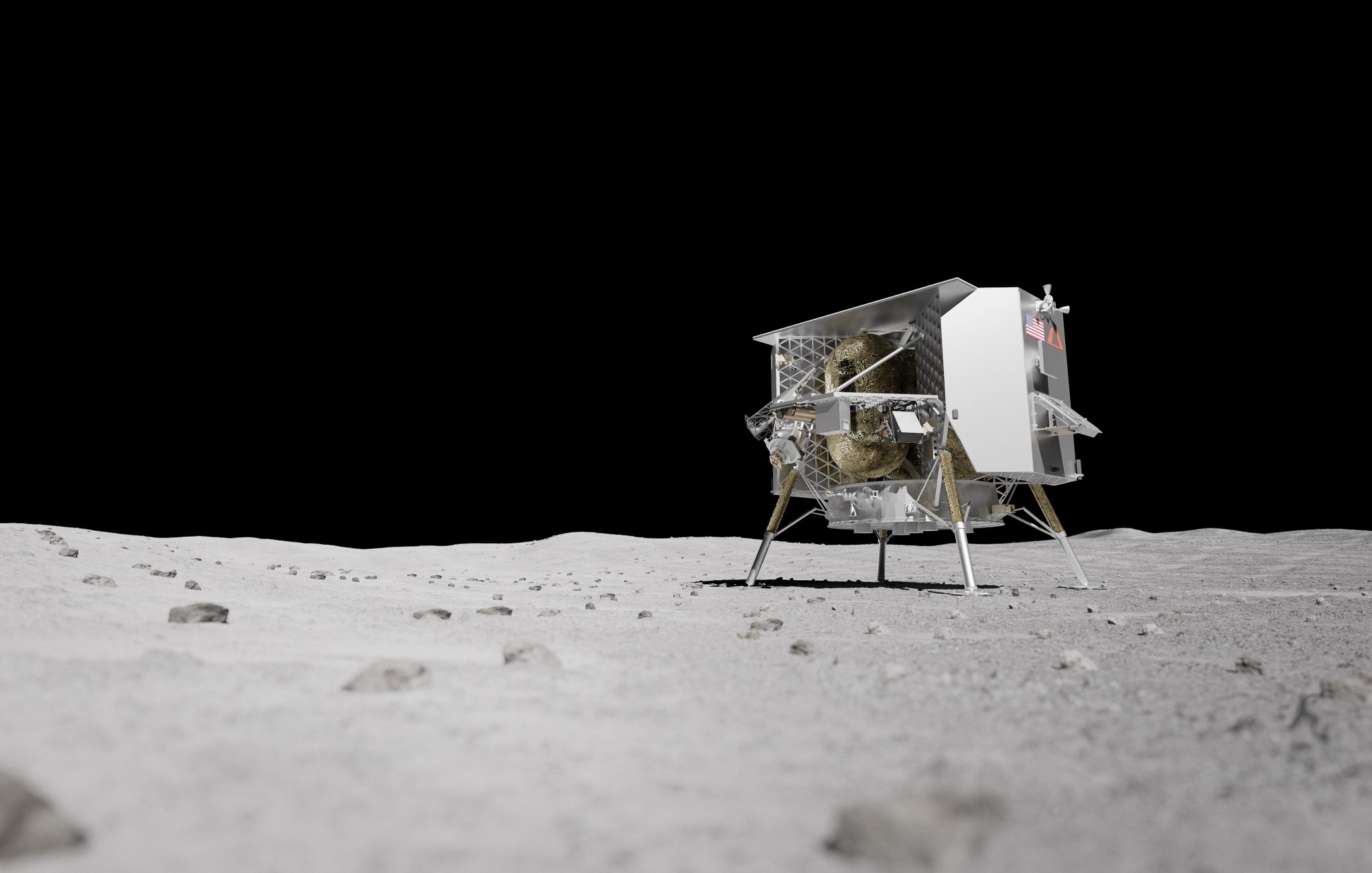The final countdown has just begun, with the promise of a new era in spaceflight about to begin within the next few minutes. On the launchpad, the mighty Vulcan rockets stand like titans, poised to ignite the skies. But this isn’t just any launch; it’s a two-pronged milestone: the debut of a powerful new launch vehicle and the first-ever commercial mission to the Moon. Strapped atop the Vulcan is the Peregrine lunar lander, not just a cargo vessel, but a robotic pioneer carrying history and science to the lunar surface.
Vulcan: A Powerhouse Redefining Spaceflight
The Vulcan isn’t just a new rocket; it’s a technological revolution. Its BE-4 engines, fueled by a cleaner-burning methane mix, roar with the promise of reusability and cost-effectiveness. The Centaur V upper stage, a marvel of fuel efficiency, gently guides payloads to their destinations, be it Earth’s orbit or the lunar plains. From resupplying the International Space Station to supporting NASA’s Artemis program and propelling probes to far-flung planets, the Vulcan’s versatility promises to rewrite the script of space exploration.
But today, the spotlight shines on the Peregrine, a testament to the burgeoning power of private spaceflight. Built by Astrobotic, this robotic explorer carries more than just the hopes of a new chapter; it carries the weight of history. NASA instruments like the LunaH-Map laser rangefinder will map lunar water ice deposits, while the Andy rover from Carnegie Mellon University will become the first American robot to traverse the lunar surface since Apollo. Additionally, Peregrine carries mementos and cremated remains entrusted to Celestis, a poignant reminder of humanity’s eternal connection to the stars.

This mission isn’t just a giant leap for Peregrine; it’s a giant leap for mankind. No longer solely the domain of government agencies, the Moon is now a destination for private companies. This unlocks a Pandora’s box of innovation and competition, paving the way for faster development, cheaper missions, and wider access to space exploration for scientists, businesses, and even individuals. Imagine student-built rovers roaming the lunar surface or space tourism companies offering lunar getaways – the possibilities are as boundless as the sky itself.
Peregrine’s cargo isn’t just about exploration; it’s about understanding. Instruments like the Mars Ice Mapper Experiment will study lunar volatiles, providing insights into the formation of moons and potentially opening doors to future resource extraction. And the economic benefits are equally compelling. Lunar mining of Helium-3, a potential fuel for fusion reactors, could be on the horizon, fueling a new space economy worth billions.
The future seems written in the stars for the Vulcan-Peregrine duo. Future missions include delivering critical equipment for Artemis bases, prospecting for valuable lunar resources, and even launching lunar telescopes to peer deeper into the cosmos. These are no longer science fiction fantasies; they’re concrete plans fueled by the success of this groundbreaking mission.
The roar of the Vulcan engines won’t just reverberate through the atmosphere; it will echo through the annals of history, marking the dawn of a new era where the cosmos is no longer a distant dream, but a playground for humanity’s collective ambition. As the countdown reaches zero, we watch with bated breath, not just for the launch, but for the future it ignites.
Here at Perfect Republic, we’re watching the launch on the Everyday Astronaut‘s LIVE feed because Tim Todd’s coverage is always out of this world! If you’d like to tune in, you can find the LIVE video here: https://www.youtube.com/watch?v=Rfod_OL06DY
Live Long and Prosper! 🖖




